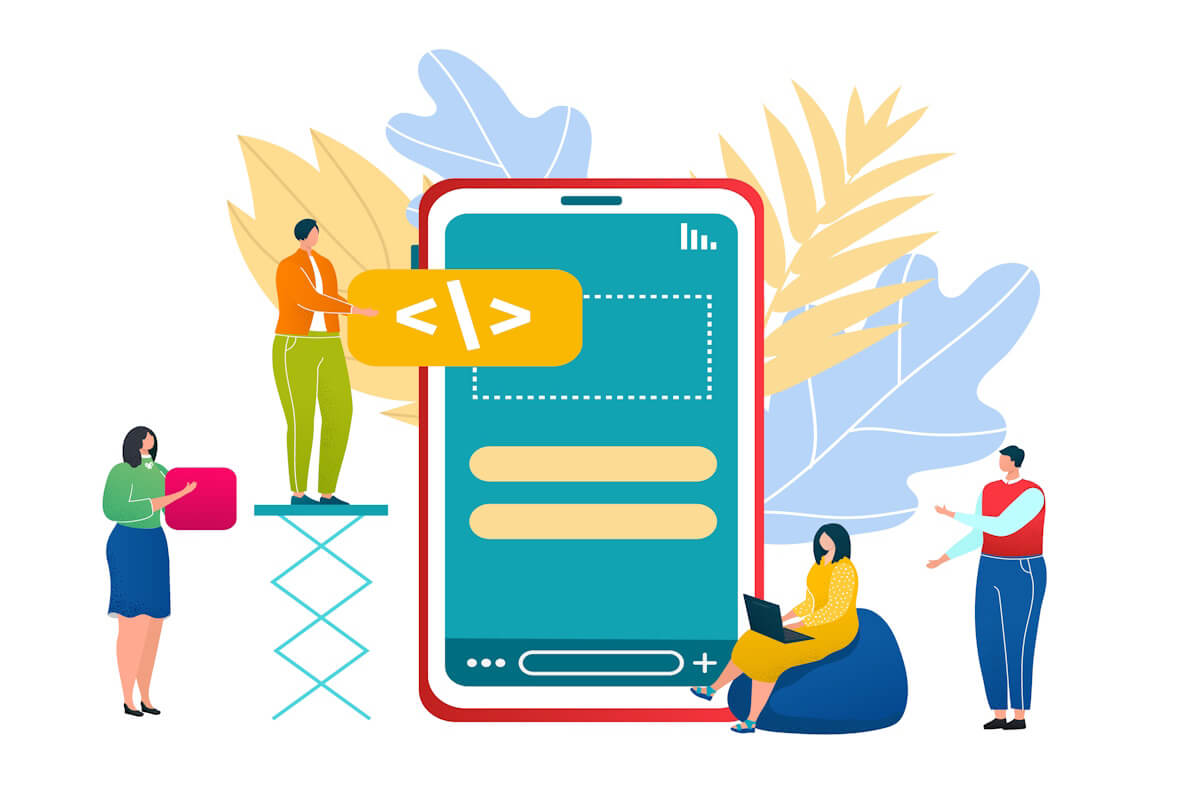Developing a mobile app can be a daunting task, especially for startups and entrepreneurs with limited resources. However, with the right approach and tools, it is possible to bootstrap your mobile app development and create a successful product. In this article, we will explore some strategies and tips to help you get started with your mobile app development journey.
1. Define Your MVP
Before diving into development, it is crucial to define your Minimum Viable Product (MVP). This is the basic version of your app that includes only essential features and functionalities. By focusing on the core features that provide value to your users, you can create a lean and efficient app that can be developed quickly and within budget.
- Conduct market research to identify key features that will resonate with your target audience.
- Prioritize features based on user feedback and business goals to ensure the MVP meets the needs of your users.
- Keep the MVP simple and straightforward to minimize development time and costs while delivering value to users.
2. Choose the Right Technology Stack
Selecting the right technology stack is essential for the success of your mobile app. Consider factors such as the platform (iOS, Android, or both), programming language, frameworks, and tools that align with your project requirements and budget constraints. For example, using cross-platform development tools like React Native or Flutter can help you save time and resources by enabling you to build apps for multiple platforms simultaneously.
- Evaluate the pros and cons of different technology stacks to determine the best fit for your app.
- Consider scalability and future maintenance when choosing a technology stack to ensure long-term success.
- Stay updated on the latest trends and advancements in mobile app development to make informed decisions about your technology stack.
3. Leverage Open-Source Libraries and Frameworks
Utilizing open-source libraries and frameworks can significantly speed up the development process and reduce costs. These pre-built components and modules allow developers to add advanced features and functionalities to their apps without starting from scratch. Popular libraries like Retrofit for networking in Android apps and Alamofire for iOS can help you streamline development and improve app performance.
- Explore a variety of open-source libraries and frameworks to find the ones that best suit your app’s requirements.
- Contribute to the open-source community by sharing your own libraries and frameworks for others to use.
- Regularly update the libraries and frameworks in your app to benefit from new features and security patches.
4. Outsource Non-Core Activities
Outsourcing non-core activities such as design, testing, and marketing can help you focus on app development and accelerate the launch of your product. Consider hiring freelancers or partnering with external agencies to handle tasks that are outside your expertise or require specialized skills. This approach can help you save time and resources while ensuring high-quality results.
- Clearly define the scope of work when outsourcing activities to avoid miscommunication and delays.
- Establish a solid communication plan with outsourced partners to ensure alignment with project goals and timelines.
- Monitor the progress of outsourced activities regularly to maintain quality control and address any issues promptly.
5. Embrace Agile Development Practices
Adopting agile development practices can improve the efficiency and flexibility of your mobile app development process. By breaking down the project into smaller tasks or sprints, you can iterate quickly, gather feedback from users, and make necessary adjustments along the way. This iterative approach allows you to respond to changing requirements and market demands effectively.
- Conduct regular stand-up meetings and retrospectives to keep the development team aligned and focused on project goals.
- Use project management tools like Jira or Trello to track progress, assign tasks, and prioritize work effectively.
- Encourage collaboration and feedback among team members to foster a culture of continuous improvement and innovation.
6. Prioritize Performance and User Experience
Performance and user experience are critical factors that can make or break your mobile app. Ensure that your app loads quickly, responds to user interactions promptly, and offers a seamless and intuitive user interface. Conduct thorough testing and optimization to identify and address any performance issues before launching your app to the market.
- Implement best practices for mobile app performance optimization, such as lazy loading images and minimizing network requests.
- Conduct usability testing with real users to gather feedback on the app’s user experience and make necessary improvements.
- Monitor app performance post-launch and iterate based on user feedback to continually enhance performance and user experience.
Conclusion
Bootstrapping your mobile app development requires careful planning, resourcefulness, and a strategic approach. By defining your MVP, choosing the right technology stack, leveraging open-source tools, outsourcing non-core activities, embracing agile practices, and prioritizing performance and user experience, you can streamline the development process and create a successful app within budget constraints. With the right mindset and tools, you can turn your app idea into a reality and achieve your business goals.
Ready to bootstrap your mobile app? Let’s chat! We can help you define your MVP, choose the right technology stack, and navigate the development process. Contact us today to schedule a free consultation.
FAQs:
1. Why is defining an MVP important before starting mobile app development?
- Defining an MVP helps focus on core features, develop quickly, and stay within budget.
2. How can choosing the right technology stack impact the success of a mobile app?
- Choosing the right technology stack ensures alignment with project requirements and budget constraints, saving time and resources.
3. How can leveraging open-source libraries and frameworks benefit mobile app development?
- Open-source libraries and frameworks speed up development, reduce costs, and improve app performance.
4. Why is outsourcing non-core activities recommended for mobile app development?
- Outsourcing non-core activities helps focus on app development, accelerate product launch, and ensure high-quality results.



+ There are no comments
Add yours